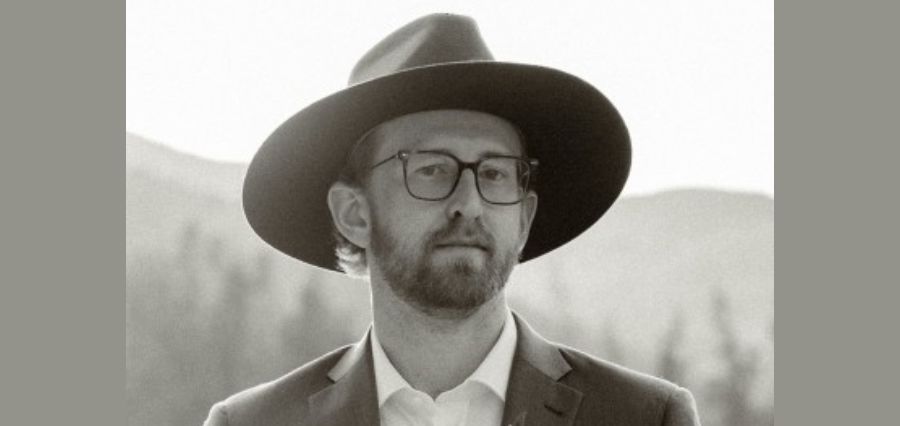In today’s rapidly changing business world, strategic leadership is crucial for those organizations that hope to be an icon of the future in their own industry. Leaders must balance short-term goals with a vision of direction towards the future, innovate, and create an environment which fosters sustainable development.
This article addresses some key strategies which can be adopted by leaders so that they may attain long-term industry impact and their organizations may become a future icon.
Creating a Strategic Mindset
- Visionary Thinking: Visionary thinking is among the skills that strategic leaders should cultivate in order to drive their organizations towards a reflection of what the future would be. Visionary thinking is synonymous with high-level goal-setting and motivating groups to implement them. Goal direction towards the future and innovation are able to position the companies at the forefront as far as business trends and technology innovations are concerned.
- Short-term and Long-term Goals Balance: In order to be an icon in the future, good leaders must strike a balance between short-term needs and long-term potential. Leaders must devise creative solutions that address short-term issues and long-term aspirations so that the organization can be able to survive and compete in a changing marketplace.
Creating Innovation and Flexibility
- Establishing an Innovation Culture: Organizations that want to be an icon in the future must prioritize innovation. Strategic leaders can create a culture of innovation by encouraging new ideas, making informed bets, and viewing failure as a learning opportunity. By investing in research and development, leaders keep their organizations at the cutting edge.
- Embracing Change and Adaptability: Flexibility is key to any organization that wants to be a symbol of the future. Leaders must be flexible, reworking plans because of shifting market conditions, technology disruptions, or shifting customer needs. Successful change management enables leaders to guide their organizations through change while keeping eyes on the long-term horizon.
Building Sustainable Teams and Relationships
Building Talent for Long-term Success: A top-notch team is the pillar of every organization that aims to be an icon of the future. Strategic managers must focus on talent attraction, talent development, and retaining high performers in line with the company vision. Through engaging employees and making them feel valued by providing career development and growth opportunities, leaders can create teams that drive long-term success.
Stakeholder Engagement and Relationship Management: Establishing good stakeholder relationships is important for organizations wishing to be a legend in the future. Listening, openness, and stakeholders’ participation—e.g., employees, customers, investors, and partners—help establish trust and stakeholders’ support for the organization’s cause.
Taking up Sustainable Practices
Triple Bottom Line Approach: To become future icons, companies need to incorporate sustainability into their mainstream strategies. The triple bottom line model—economic sustainability, social responsibility, and environmental responsibility—is reassuring that companies create value for stakeholders as well as for society.
Incorporating Sustainability in Organizational Culture: Sustainable leadership is the epitome of becoming a future legend in any field. Leaders should infuse their organizational culture with sustainability through green living, philanthropy, and making ethical decisions. It not only creates brand trust but also long-term resilience.
Examples of Strategic Leadership in Real Life
Netflix: Adjusting to Industry Shift
Netflix is an ideal example of an organization having evolved into a symbol of the future due to visionary leadership. By making the transition from DVD rentals to streaming well in advance, Netflix was ahead of the curve and quick, taking the seat of industry leadership.
Johnson & Johnson: Crisis Management with Long-term Vision
Johnson & Johnson’s response to the Tylenol crisis is a textbook example of how strategic decision-making can turn an organization into a symbol of the future. Placing consumer safety above short-term gain, the company established trust that has lasted for generations.
Building Strategic Leadership Skills
In order to be a strategic leader who can turn an organization into a future symbol, one must continuously learn and develop skills. Areas for developing skills are:
- Strategic Thinking: Having a bird’s-eye view while solving daily problems.
- Decision-making: Being firm but flexible when altering strategies.
- Communication: Encouraging open communication with stakeholders to enhance cooperation.
By mastering these skills, leaders can become long-term success stories and turn their organizations into future industry giants.
In short, long-term industry impact requires visionary leadership, innovation, agility, sustainability, and collaboration. Organizations embracing such values can become successful companies as well as genuine future legends, inspiring the industries they represent for generations.



















